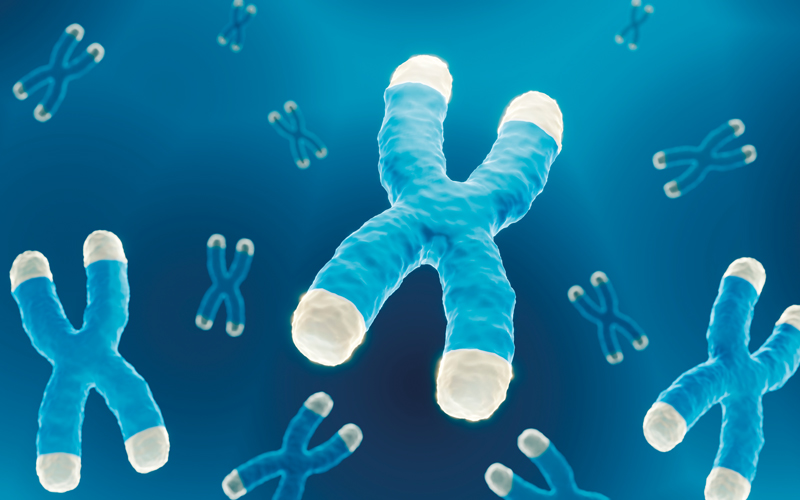A new study shows that an enzyme called PARP1 is involved in repair of telomeres – the lengths of DNA that protect the tips of chromosomes – and that impairing this process can lead to telomere shortening and genomic instability that can cause cancer.

The new findings are the first evidence that PARP1 also acts on telomeric DNA, opening up new avenues for understanding and improving PARP1-inhibiting cancer therapies.
“No one thought that ADP-ribosylation of DNA was possible, but recent findings challenge this dogma,” said Roderick O’Sullivan, Associate Professor of Molecular Pharmacology. “PARP1 is one of the most important biomedical targets for cancer research, but it was thought that drugs targeting this enzyme only acted at proteins. Now that we know PARP1 also modifies DNA, it changes the game because we can potentially target this aspect of PARP1 biology to improve cancer treatments.”
O’Sullivan hypothesised that ADP-ribose affects telomere integrity by disrupting a protective structure called shelterin that safeguards telomeres, but more research is needed to confirm this.
Image credit | SPlibrary



